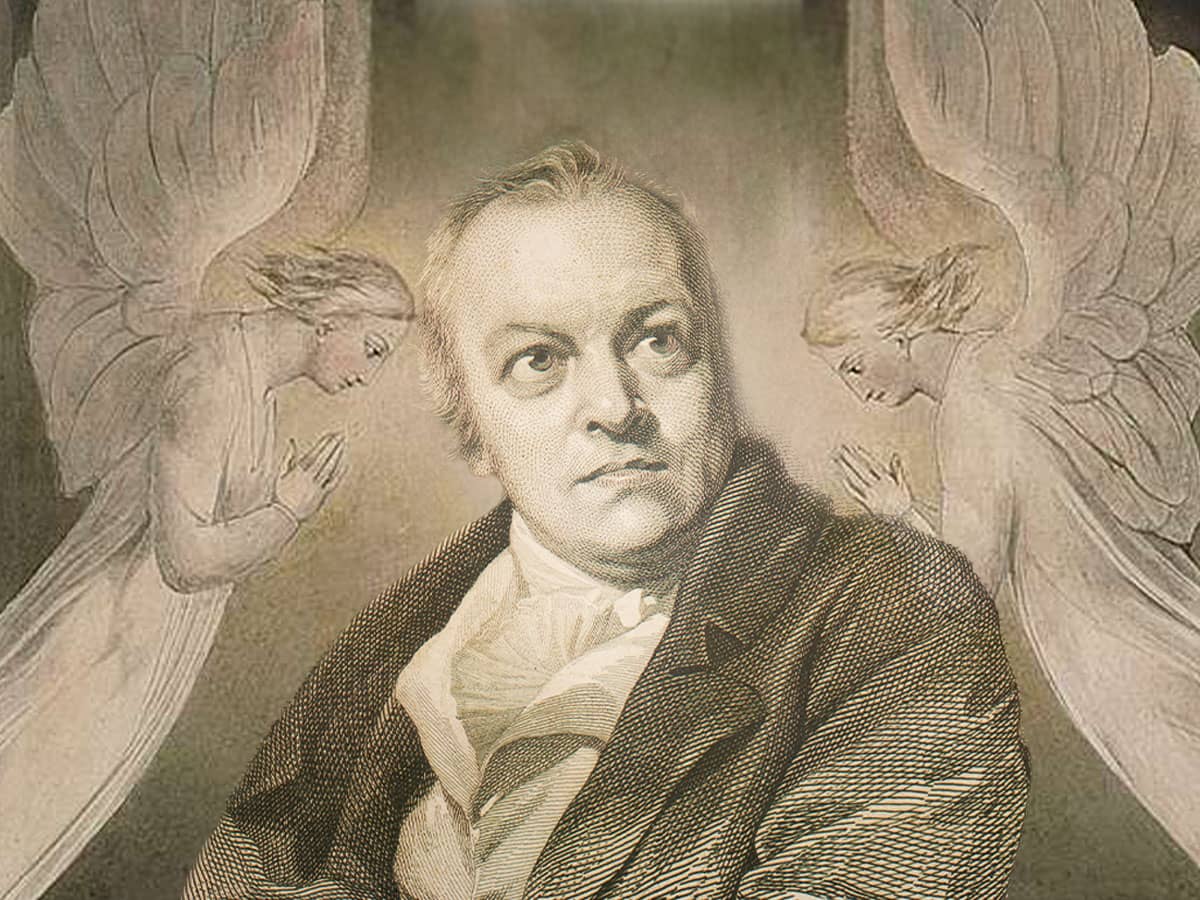
Not too long ago, I attended a funeral service on the Upper East Side of Manhattan for a young man who had died suddenly and tragically. The church was an especially dark one, and the service was long – over two hours. When I finally reemerged into the light with the other mourners, I got a dazed, disoriented feeling: one that instantly reminded me of how I would feel as a kid after watching a Saturday matinee. My mother or some other parent would typically drop me and a friend off at the cinema for the noon show, and by the time we staggered out at two (or four, if it was a double-feature), I’d have become so accustomed to the dark that the blazing daylight came as a shock. Not only had my eyes adjusted to the darkness of the movie house, but my mind had too. Emerging back into the reality of that larger day was like being pulled roughly from one world into another: one that I’d temporarily forgotten existed.
My eyes still adjusting to the blazing early summer afternoon, I got into a cab and started down Fifth Avenue. It would have been uncomfortably hot if a steady breeze hadn’t been blowing down from the north of the city, making the trees of Central Park dip and sway as if filled with a life of their own.
Watching that play of air and light in the trees of the park as my cab moved slowly downtown, it struck me that I was looking at a kind of summary expression of everything that the young man whose service I had just attended was supposed to have left behind. When we die, after all, we leave the bright, sun-dappled world of the living and go down, down, down into the dark. From Ecclesiastes (“For he cometh in with vanity, and departeth in darkness, and his name shall be covered with darkness.”) to Dylan Thomas (“Do not go gentle into that good night…. Rage, rage against the dying of the light.”), a tradition equating life with light and death with darkness stretches back thousands of years. Death, according to this tradition, is the ultimate tragedy – the abduction of a person from the world of light and life and their immersion into a world of night.
But of course, there’s another side to the story as well: a side that, even in the darkness of the service I’d just attended, was hinted at several times in passages from scripture that said just the opposite of what Ecclesiastes did. According to this tradition, it’s our current, daily world that’s the dark one, and far from plunging us into further darkness, death does precisely the opposite, pulling us out of the pain-and-shadow-filled drama we’ve been caught up in and back up into the light-shot realms of a heavenly region where we find, to our surprise, that we are much happier and more at peace than we ever were on earth.
Near death experiences like this are now so familiar that it’s surprising to consider that just a few decades ago they were virtually unknown. Hovering above one’s lifeless body, seeing one’s life flash past in a paradoxically timeless yet incredibly detailed instant, traveling down a tunnel toward a distant light, glimpsing the figures of long-deceased friends and relatives… and then the sudden, terrible tug back into the body. A body that now feels, after this taste of the larger, light-flooded realms of the world above, as tight and terrible as a straightjacket. Before Hampe’s book, along with Raymond Moody’s Life After Life and Kenneth Ring’s Life at Death, came out, most people had no idea that such experiences occurred, and occurred regularly.
Once the phenomenon of the near death experience came to light, other researchers began to find evidence of such experiences occurring throughout history. So why, for so long, had it been shrouded in silence? “There should,” wrote Hampe, “have been good reasons for Christians to love death, since it after all opened up the way to the eternal kingdom of God, the way which Christ took before us. But this early Christian attitude was soon lost. From Augustine onwards, dying was understood as a punishment, physical death being the result of the Fall. It was only nineteenth-century theologians who, after centuries of sermons preaching the horrors of dying and death, dared to arrive at the idea that, for those who are reconciled with God, dying no longer has the character of punishment but is a means of liberation from our earthly life.”
Looking at the play of light and wind in the trees of Central Park that day after my long immersion in the dark, it occurred to me that there was a very good reason why the service had reminded me so vividly of my Saturdays at the movies as a child. When you leave the brightness of a summer Saturday for the darkness of a movie theater, you leave one world behind for another: one that, for as long as it lasts, feels perfectly real, and perfectly sufficient. But when the drama is over and the credits start to roll and you walk back into the world outside the theater, you feel shocked at how completely that artificial movie world had taken you in. It was not, real and wonderful as it was, the full and complete world after all. How, even for a moment, could you ever have thought that it was?
The world above this one, say the survivors of near death experiences, is overwhelmingly one of light, not darkness. On days when the very real darkness of this world overtakes me, I like to keep their words in mind. They help me to appreciate the very real beauty and joy that is available here, while reminding me that no matter how beautiful or terrible this life is, things only grow brighter in the one beyond.

